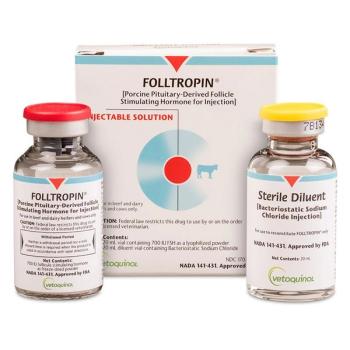
Oxidative stress and EPO synthesis in CKD patients

Christopher G. Byers, DVM, DACVECC, DACVIM (SAIM), CVJ, explains the effects of oxidative stress on tubular cells and how EPO synthesis leads to non-regenerative anemia in CKD patients
Missed out on Fetch Kansas City 2024? No worries—we’ve got you covered! For just $199,
Ready to jump in? Start exploring the best of Fetch Kansas City 2024 On-Demand now!
Chronic kidney disease (CKD) affects a significant amount of animals across the nation. In an interview with dvm360, Christopher G. Byers, DVM, DACVECC, DACVIM (SAIM), CVJ, explains how oxidative stress can damage kidney tubular cells and lead to further kidney injuries. He also explains how CKD can diminish the kidney's capacity to generate erythropoietin (EPO), which is crucial to the creation of new red blood cells.
Below is a partial transcript:
Christopher G. Byers, DVM, DACVECC, DACVIM (SAIM), CVJ: So, unquestionably, oxidative stress can cause damage to kidney tubular cells, which can lead to kidney injury. The kidney cells are truly vulnerable to oxidative stress because there's lots of mitochondria, and it's the mitochondria that are damaged by oxidative stress, and so we can see renal tubular function affected deteriorated by various oxidative stressors that occur in the body. And we are now learning that we can measure some of these markers of oxidative stress, as we serially monitor patients with chronic kidney disease.
Newsletter
From exam room tips to practice management insights, get trusted veterinary news delivered straight to your inbox—subscribe to dvm360.






